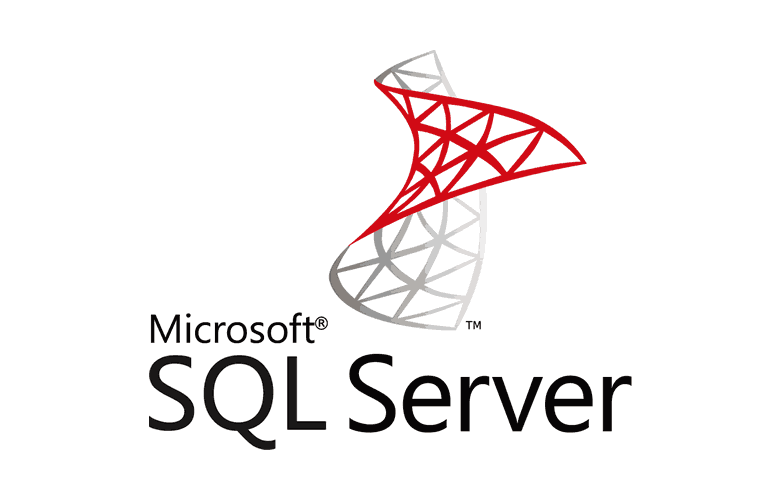Maximise Your Business Potential with Microsoft SQL Server

Microsoft SQL Server, simply put, is a database server. It holds and fetches data for various applications such as Sage, SAP Business One, and Intact iQ. Microsoft SQL Server can be installed on your on-premise server or accessed through the cloud.
When set up right, SQL Server is fast, secure, resilient, incredibly powerful and a great asset for your business. But let’s discuss some common hiccups you might encounter:
1. Storage Design: Storage requires careful planning. You need to think about speed, reliability, growth potential, and compatibility with other hardware vendors. Don’t forget – you’ll need to back up whatever data you store so don’t be too generous with storage capacity. Use existing data and the application vendor’s advice to create a performance benchmark.
2. ‘Next, Next, Next’ Installation: In small to medium-sized businesses, SQL instances are often installed by simply clicking ‘next’ throughout the setup process. This approach might indicate a lack of SQL knowledge, which could lead to missed opportunities for performance and security improvements. Additionally, post installation, there are certain areas of SQL that you cannot change or are difficult to change, for example server collation, instance name, authentication and edition of SQL Server.
3. Licensing: Microsoft’s licensing schemes can be tricky. Whether you’re an SQL developer, database administrator, or the one responsible for your business’s IT systems as a whole, understanding SQL Server 2022’s licensing options can save you from potential future costs. You can learn more here.
4. Inefficient Queries: It’s a common misconception that slow-running applications on SQL server need more hardware resources. Often, and quite inconveniently, the real issue is inefficient data querying by the application.
5. Monitoring, Support, and Maintenance: Keeping an eye on your SQL Server’s performance and potential disruptions, particularly for larger databases, is key. When issues arise, a skilled professional should be ready to respond. Routine maintenance, including tasks like managing index fragmentation, updating statistics, and verifying database integrity, plays a crucial role in enhancing the server’s performance and reliability.
6. Backup Strategies: You should back up your SQL databases, applications, and servers daily. In larger setups, consider more frequent backups to minimise data loss. These can be done very frequently, as often as every few minutes, allowing for point-in-time recovery. This means if something goes wrong, you can recover your database up to a specific point in time, losing only a minimal amount of data.
7. Resilience: SQL Server has solid resilience features such as failover clustering, always on availability groups, database mirroring, log shipping and replication, but the extent to which you utilise these depends on your business needs and budget.
8. Security: With Microsoft SQL Server hosting vital parts of your business data, strong security measures are a must. Balancing security with performance, compatibility, and usability is a specialised skill. Regularly (and after testing) installing the latest SQL security updates is also vital.
Microsoft SQL Server is an amazing tool, offering huge benefits to businesses. However, it requires specific expertise to fully utilise. By taking the right steps and getting expert help when needed, you can reap all the rewards it has to offer.
